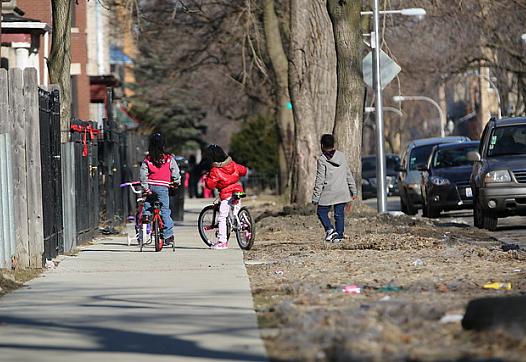
How often do young people in neighborhoods in which gang and drug violence are a daily occurrence receive help and services before they get sent to the alternative school, arrested, or worse?

How often do young people in neighborhoods in which gang and drug violence are a daily occurrence receive help and services before they get sent to the alternative school, arrested, or worse?

An apparent link between risky behavior and bias-related bullying tends to be stronger in California’s more segregated counties.
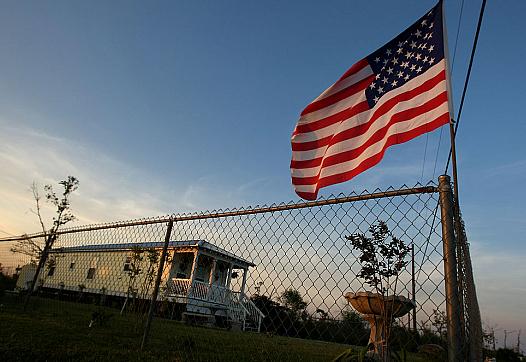
After Hurricane Katrina, Mississippi's coastal economy never fully recovered — and neither have its people.

Rusty the miniature donkey's effect on the group of seven severely mentally ill inmates at the West Valley Detention Center, San Bernardino County’s largest jail, was obvious.
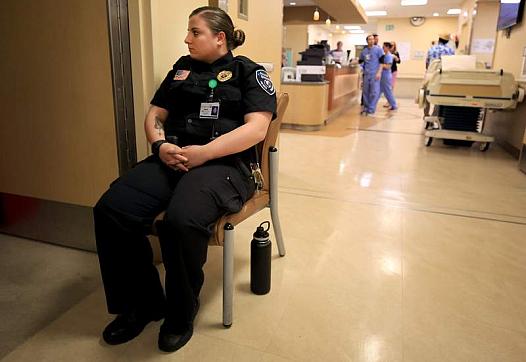
When a psychiatric patient shows up at the emergency room at Santa Rosa Memorial Hospital, the staff quickly removes anything dangerous before placing them in a treatment room.
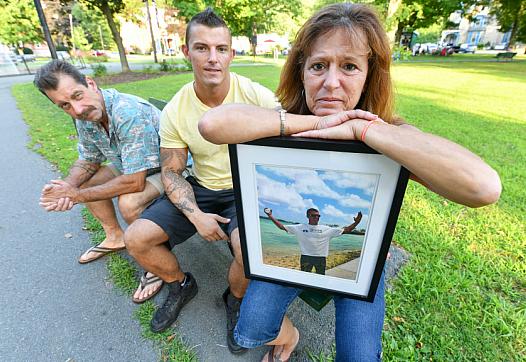
Patrick Russell was one of almost 500 people to die in Southern California jails in the past decade. A grand jury report found almost half of the deaths in Orange County jails from 2014 to 2017 may have been preventable.
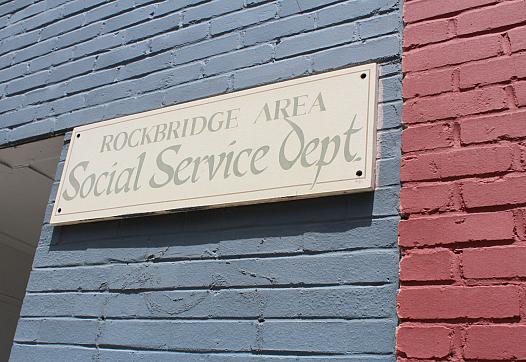
Parents who have had their children removed, employees who are treated unfairly or relatives who have been unable to gain custody of their family members are left behind in a system with no oversight.

How do you know when someone is ready to be interviewed about a trauma she has endured? And what do you do if she wants to back out just before publication?
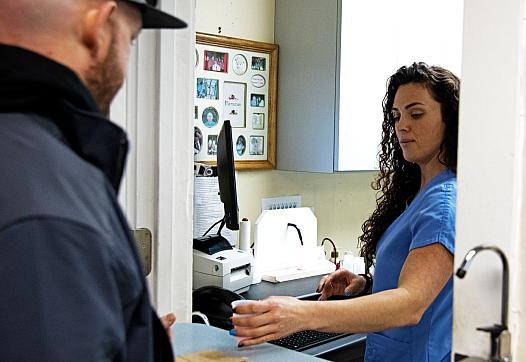
This story was produced as a project for the 2018 Data Fellowship.
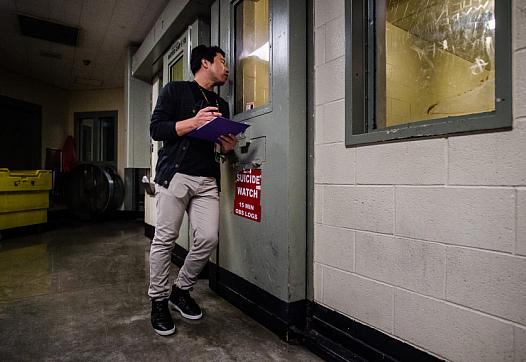
The department has taken a number of steps since it was sued in 2016 by the Prison Law Office, which alleged that San Bernardino County jails were violating the constitutional rights of its almost 6,000 inmates.